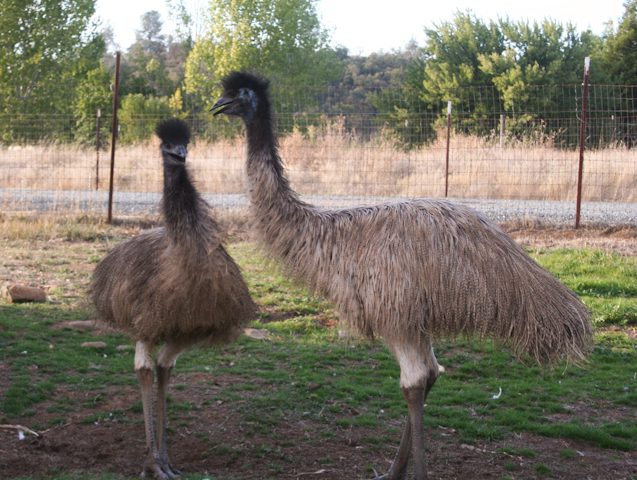When you trap and remove cats it will cause what's called a vacuum effect. More feral cats, sometimes a lot more, will usually fill the vacuum. It's usually better to trap, have neutered or spayed, and release, the feral cats. Most times, they prefer to eat smaller prey, like mice and bugs, rather than chickens, unless they're desperate.
There are programs in most larger cities that will help you trap, neuter and release the feral cats. This has kept thousands, maybe millions of cats from being reproduced and euthanized in the past 15 years or so. Studies here and in Australia are very positive that this is working.
I tried it myself in two rural areas where there was a big feral cat problem. I started trapping and neutering all the male cats, probably two dozen a year for awhile in both areas that I lived. After two years in each area, I wasn't catching very many cats anymore and the cats I was catching were the same ones. The number of cats was going down significantly. Apparently, the neutered male cats were keeping any newcomers from coming into the area and, because they were neutered, no new babies were being made. Of course, there were the expected losses from cars, other accidents, age, etc, so each year the population naturally declined. It declined much faster than I expected, actually, considering how many cats were each area to start.
I've heard of similar programs working with problem coons, skunks and beaver.







